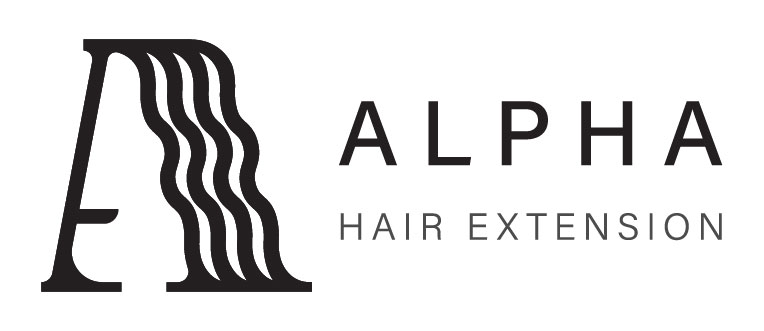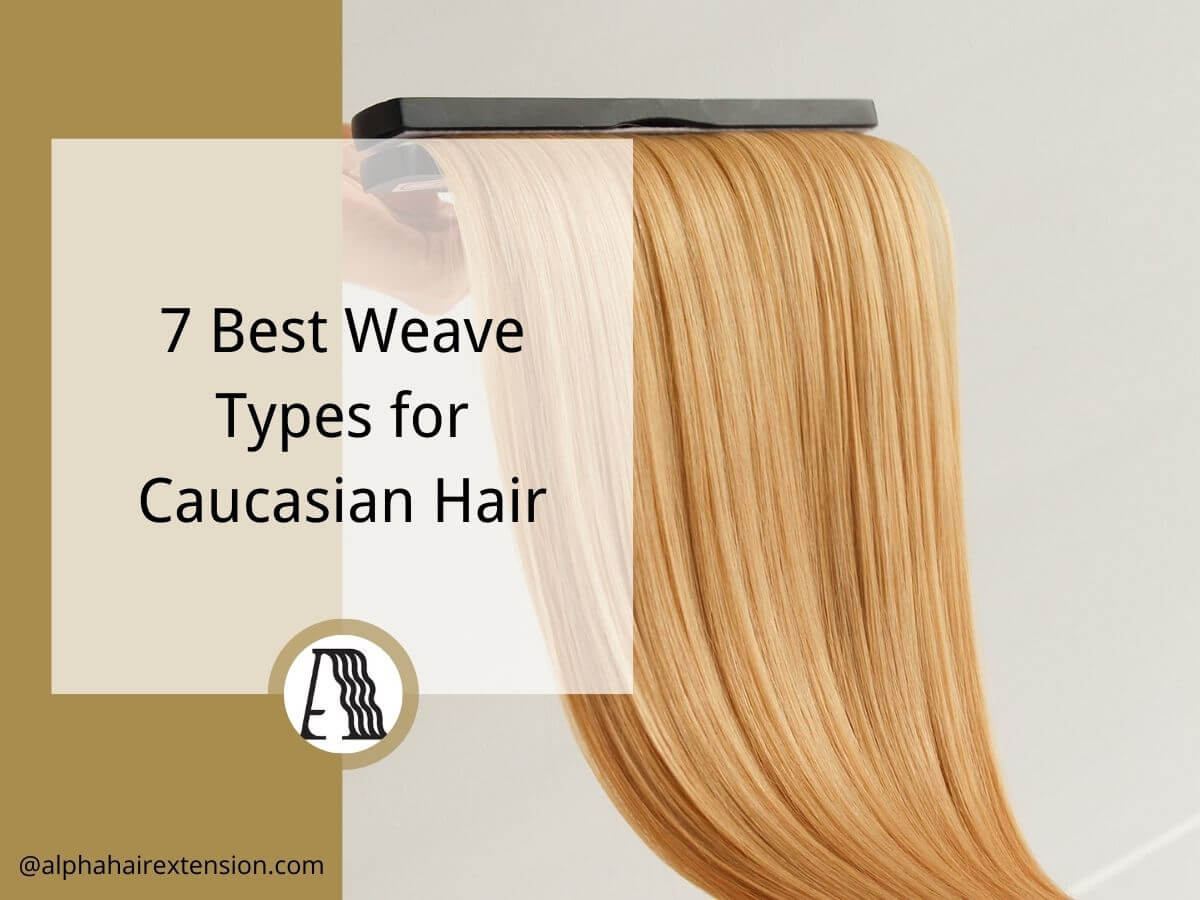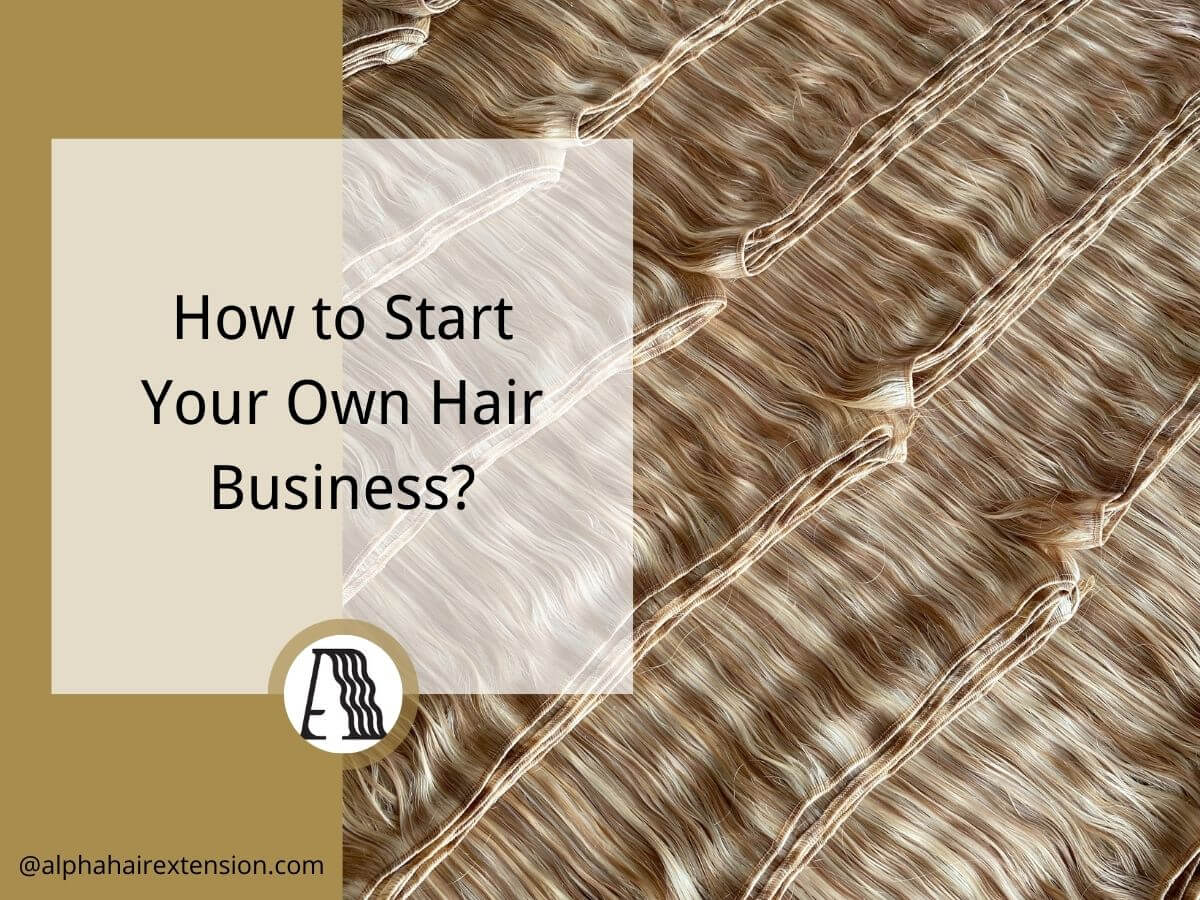I once had a salon owner call me in a panic—half her I-tip clients were complaining about slippage. She thought the hair was faulty, but the real problem? Bad maintenance habits.
If you run a salon or supply hair extensions, you know that poor aftercare can ruin even the best-quality hair. And when that happens, customers walk away.
That’s why I put together this guide. It’s built on firsthand experience with suppliers, stylists, and real clients—so you know exactly what works.
You’ll get a straightforward maintenance plan to keep I-tip extensions in top condition, ensuring happy clients and fewer refunds. Simple, effective, and easy to implement.
Let’s get started!
1. Daily Maintenance Tips
Every business in the hair industry knows that how clients treat their extensions daily makes all the difference. A good maintenance routine keeps the hair smooth, tangle-free, and long-lasting, while neglecting care leads to damage and early replacement. Since I-tip extensions don’t receive natural oils from the scalp like natural hair, they need a little extra love with hydration and protection.
Brushing the Right Way
Many clients brush their extensions just like their natural hair, but that can cause unnecessary tension on the bonds, leading to slipping and loosening over time. A regular brush pulls at the I-tip bonds, which weakens them faster than clients realize.
Instead, they should use:
- A loop brush – Designed specifically for extensions, it glides through hair without pulling on the bonds.
- A wide-tooth comb – Great for detangling, especially on wet hair, while reducing breakage.
The right brushing technique matters too! Always start from the ends and work upward to avoid breakage and stress on the bonds. A quick reminder to clients: brush at least twice a day—once in the morning and again before bed—to keep the hair tangle-free and prevent matting at the roots.
The Right Hair Products Matter
One of the biggest mistakes clients make is assuming any shampoo or conditioner will work for their extensions. Unfortunately, many store-bought products contain sulfates, alcohols, and parabens, which strip away moisture, leaving the extensions dry, brittle, and more prone to tangling. To keep I-tip extensions looking flawless, clients should stick to:
- Sulfate-free and alcohol-free shampoo – Gently cleanses without drying out the hair.
- Hydrating conditioner – Helps restore moisture but should only be applied to mid-lengths and ends (never near the bonds).
- Leave-in conditioner – Adds lightweight hydration and keeps hair manageable.
- Lightweight serum or hair oil – Adds shine and smoothness without making the hair greasy (avoid applying near the roots).
- Heat protectant spray – A must for clients who style their extensions with heat tools.
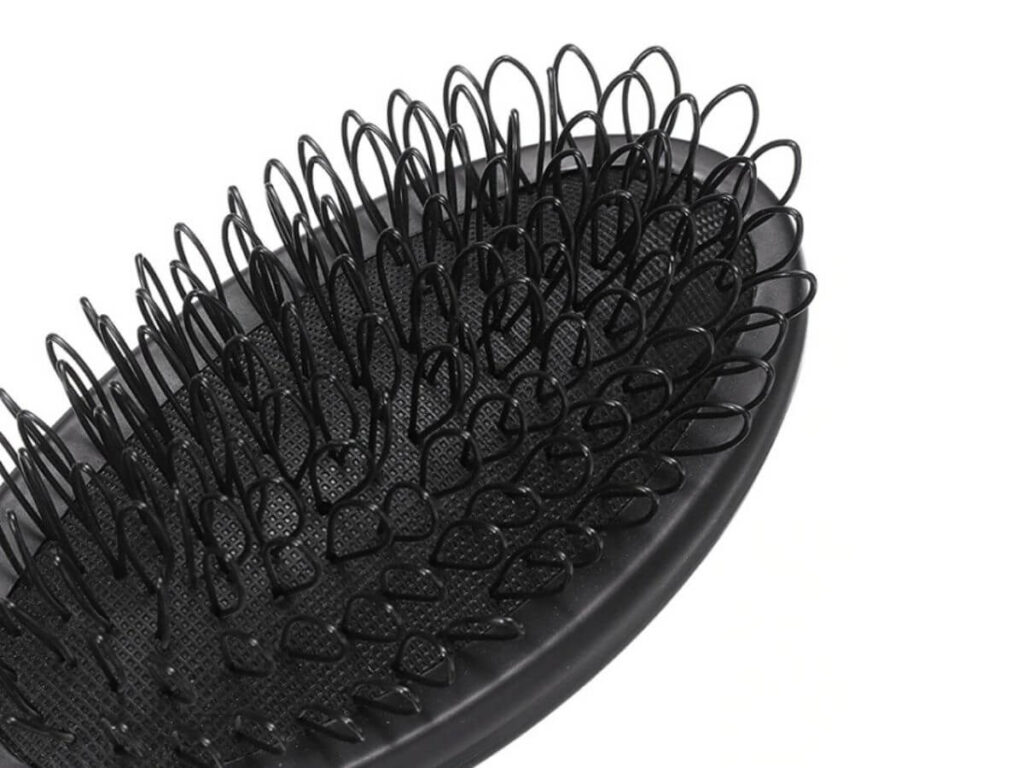
2. Washing I-Tip Extensions
Many clients unknowingly damage their extensions while washing them. Rough scrubbing, improper shampooing, and excessive water exposure can weaken the bonds and cause tangling. That’s why teaching clients the correct washing technique is essential—it helps their I-tip extensions stay flawless for longer.
How Often Should Extensions Be Washed?
Unlike natural hair, extensions don’t need to be washed as frequently. Overwashing strips the hair of moisture, making it dry and more prone to breakage. Ideally, clients should wash their I-tip extensions once or twice a week. If they exercise frequently or have an oily scalp, they can use dry shampoo between washes to keep their hair fresh.
Proper Washing Technique
Washing I-tip extensions the right way makes all the difference! Many clients flip their hair over in the sink or scrub aggressively, leading to knots and bond damage. Instead, they should follow these simple steps:
- Start with detangled hair – Before washing, gently brush the extensions using a loop brush or wide-tooth comb to remove any knots.
- Use lukewarm water – Hot water can strip moisture, while cold water won’t cleanse properly. Lukewarm water is the perfect balance.
- Wash in an upright position – Clients should stand in the shower and let the water flow downward—flipping their head over can cause tangles.
- Apply sulfate-free shampoo to the scalp – Using fingertips (not nails!), gently massage the scalp in a downward motion. Avoid circular scrubbing, which can lead to matting.
- Let the shampoo rinse through the extensions – Instead of rubbing or bunching up the hair, simply let the water carry the shampoo down to cleanse the extensions.
- Condition from mid-length to ends – Never apply conditioner near the bonds! It can loosen them and cause slippage.
- Gently squeeze out excess water – No rough towel-drying! Instead, pat dry with a microfiber towel to reduce frizz and prevent unnecessary tension on the bonds.
3. Drying Techniques
After washing, how clients dry their extensions plays a huge role in how long they last. Wet extensions are more fragile, prone to tangling, and can weaken at the bonds if not handled properly.
Pat Dry—No Rubbing Allowed!
After washing, the way clients dry their I-tip extensions makes all the difference in preventing frizz and tangles. The biggest mistake? Rubbing hair with a regular towel! That rough friction can cause serious damage, leading to dryness and breakage. Instead, clients should gently squeeze out excess water with their hands and then pat dry using a microfiber towel or a soft cotton t-shirt.
Air Dry Whenever Possible
When time allows, air drying is the healthiest option for extensions. After patting them dry, clients should let their hair air dry naturally in a downward position to prevent tangles. It’s best to separate the strands gently with fingers and avoid flipping the head upside down, which can lead to unwanted knots. If a client wants extra smoothness, they can apply a lightweight leave-in conditioner or serum while the hair is still damp.
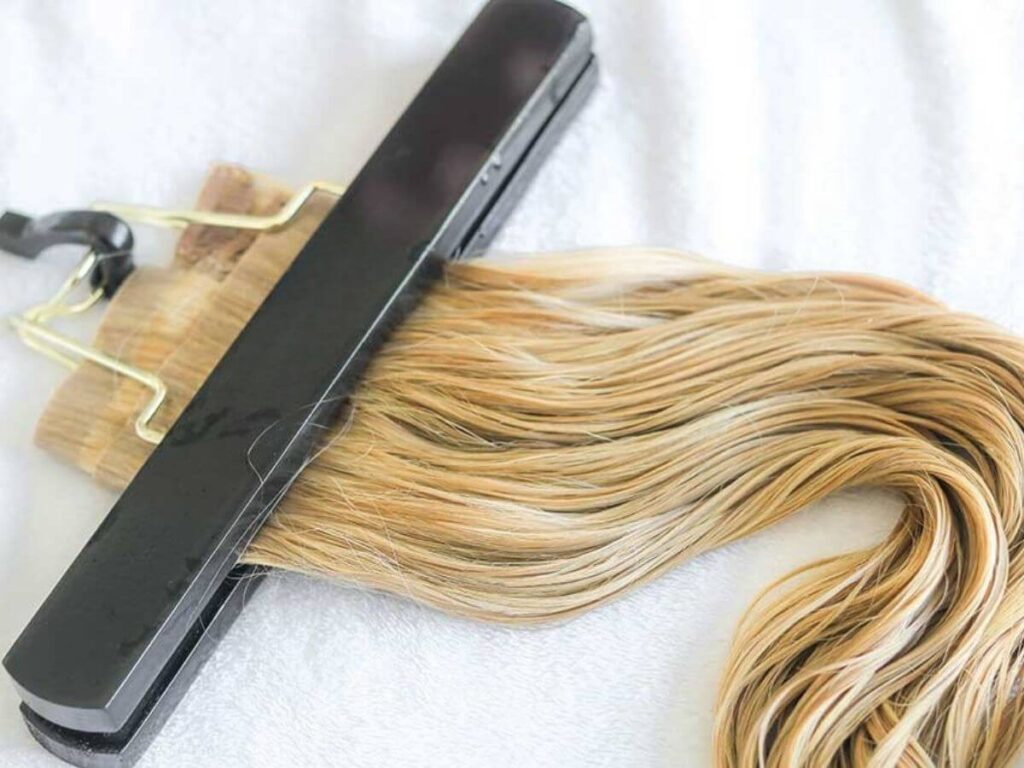
4. Styling and Heat Protection
Styling is a major part of wearing I-tip extensions, but excessive heat can shorten their lifespan. Many clients don’t realize that frequent use of hot tools can dry out extensions, making them brittle and unmanageable.
Using Heat Tools Safely
If clients want to use heat tools like curling irons or straighteners, they should keep the temperature below 350°F (177°C). Anything hotter can weaken the keratin bonds, leading to slippage. It’s also important to avoid applying direct heat to the bonds, as this can cause them to break down over time.
Heat protectant sprays are non-negotiable. They create a barrier that shields the hair from thermal damage, helping extensions maintain their silky texture. Clients should apply the protectant before blow-drying or styling with hot tools.
Heatless Styling Alternatives
For clients who want to avoid heat altogether, there are plenty of styling alternatives that won’t damage the extensions. Braiding damp hair overnight creates natural waves without the need for a curling iron. Foam rollers and flexi rods are also great options for achieving curls without heat exposure.

5. Nighttime Care Routine
Many clients are great at maintaining their I-tip extensions during the day, but what happens at night is just as important. A few small changes before bed can make all the difference in keeping extensions smooth and tangle-free.
- Switch to a Silk or Satin Pillowcase: Cotton pillowcases absorb moisture and create friction, which leads to dryness, frizz, and matting. A silk or satin pillowcase allows the hair to glide smoothly while keeping it hydrated and soft.
- Always Tie Hair Before Sleeping: Sleeping with loose hair is a sure way to wake up with knots and tangles. Clients should loosely braid their hair, put it in a low ponytail, or secure it in a loose bun before bed. This keeps the extensions contained and reduces friction while they sleep.
- Use a Silk or Satin Bonnet or Scarf: For extra protection, wrapping hair in a silk or satin bonnet or scarf helps reduce frizz and keeps extensions from rubbing against the pillow. This is especially useful for those who move around a lot in their sleep!
- Apply a Lightweight Leave-In Conditioner: A little leave-in conditioner or lightweight hair oil on the mid-lengths and ends before bed helps keep extensions hydrated overnight. But clients should avoid applying anything near the bonds to prevent slippage.
- Never Sleep with Wet Hair: Going to bed with damp or wet extensions is a big no-no—it can cause serious tangling and even mildew buildup. If the hair is still damp before bed, clients should air dry completely or do a quick blow-dry on a low heat setting to avoid damage.
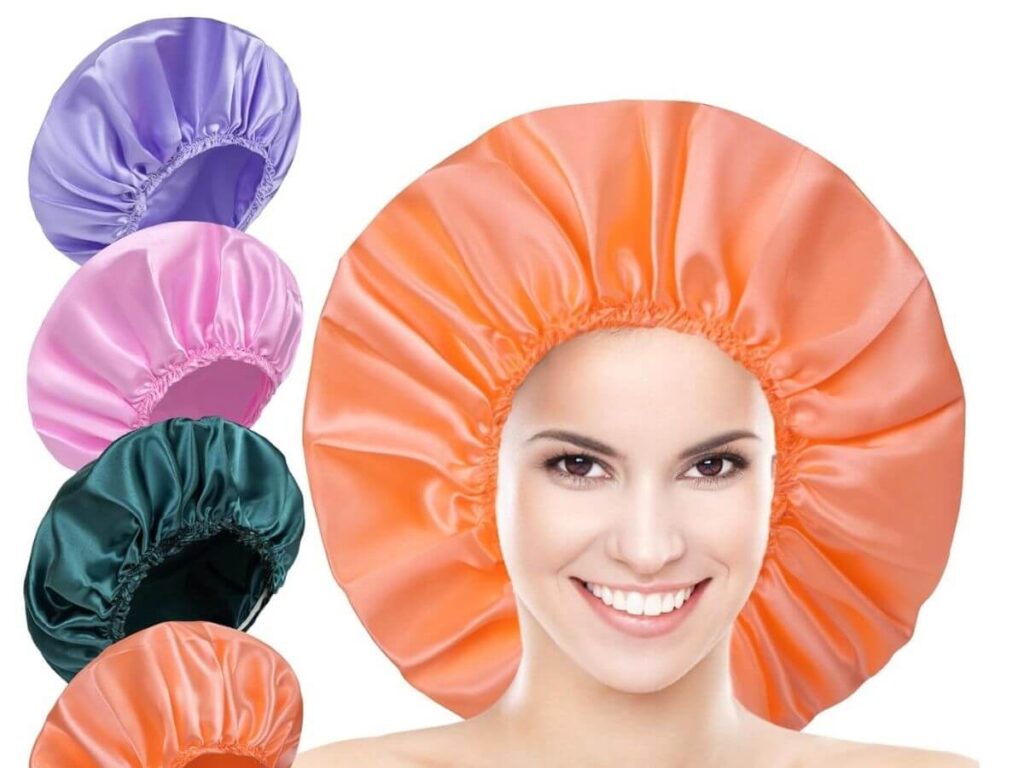
6. Weekly and Monthly Maintenance
Even with a solid daily routine, I-tip extensions need a little extra maintenance to stay in top shape. A combination of weekly deep conditioning, regular bond checks, and occasional clarifying treatments helps keep the hair smooth, tangle-free, and looking flawless for the long run.
Deep Conditioning for Long-Lasting Softness
Once a week, clients should treat their extensions to a deep conditioning mask or treatment. This helps restore lost moisture and keeps the hair silky smooth. But here’s the key—never apply deep conditioner near the bonds! Too much moisture at the roots can weaken the attachment, causing slippage. Instead, focus on the mid-lengths and ends to keep the extensions hydrated without affecting the bonds.
Check and Tighten Bonds Regularly
I-tip extensions aren’t a set-it-and-forget-it kind of thing—they require maintenance to stay secure. Every 4-6 weeks, clients should visit their stylist for a professional check-up to tighten or reposition any extensions that may have slipped. In between appointments, they should keep an eye on their bonds, gently feeling for any loose strands. If something seems off, it’s better to address it early rather than risk damage.
Clarify to Remove Buildup
Over time, styling products, oils, and even hard water can cause buildup on extensions, making them feel heavy or greasy. Once a month, a gentle clarifying shampoo can help remove residue and refresh the hair. However, clarifying shampoos can be drying, so clients should follow up with a deep conditioner to keep their extensions soft. Regular detoxing helps keep the hair fresh, lightweight, and feeling like new!
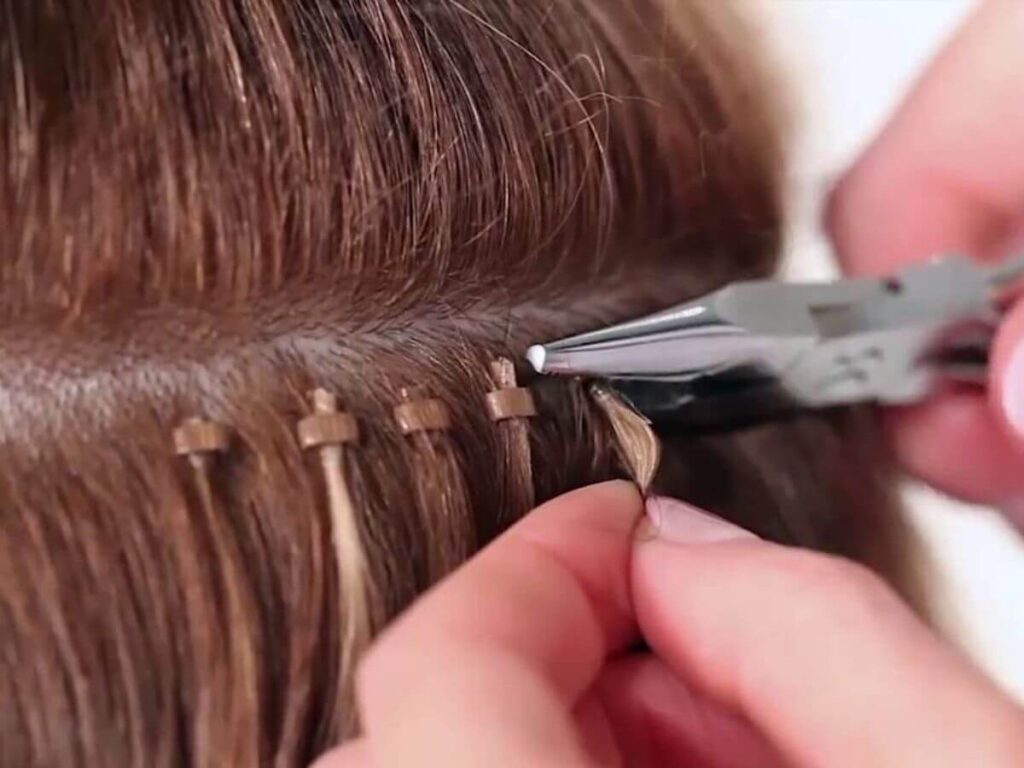
Conclusion
Now that you know the key steps to I-tip extension maintenance, how are you educating your clients? A solid aftercare routine reduces complaints, increases retention, and builds trust with your customers.
What resources are you providing—custom aftercare guides? Retail-ready maintenance kits?
In-salon education? The better you support your clients, the more likely they are to return.
If you’re ready to elevate your extension business with the best care products and training, contact us today!
Let’s help your customers get the most out of their investment.
Explore Related Resources
Want to see more? We’ve gathered additional product choices to give you even more variety:
- I-Tip Hair Extension / Stick Tip Hair Extension
- Pre-bonded Hair Extension
- Tape Hair Extension
- Genius Weft/Flat Weft Extension
Still haven’t found what you’re looking for? Don’t hesitate to contact us. We’re available around the clock to assist you.
